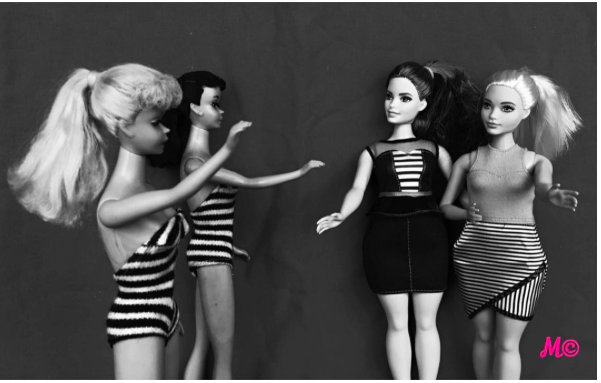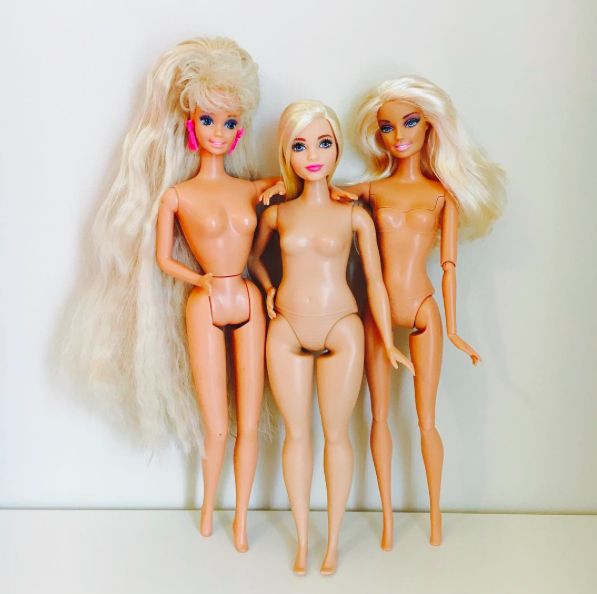Children’s toy company Mattel revealed revolutionary plans for their Barbie franchise. In March, Mattel began selling 33 new models of Barbie. These new models come in seven new skin tones, 22 new eye colors, 24 new hairstyles, and three new body types including curvy, tall and petite.
My inner child was super excited to see this new line of dolls and to find one that looked like me. I browsed through images of all the new models searching for my twin and I finally found a curvy blonde doll that loosely resembled me. In this moment, it hit me how ridiculous it was that I was looking for my reflection in a piece of opaque plastic.
While I appreciate the fact that Mattel is attempting to reshape the public’s perception of different body types by embracing more realistic proportions, the issue of body shaming is still present.
This “new” Barbie is an improvement from the original doll in the sense that it is more representative of the diversity found in the world, but the rebranding of the iconic doll isn’t going to change the fact that people around the world still admire all that Barbie has represented for decades.

Photo courtesy of @maddi_dolly on Instagram.
By continuing to manufacture and sell the iconic blonde, skinny doll that we have all known for over 50 years, Mattel ultimately fails to realize the deep connection that society has made with the familiar look and lifestyle of the original Barbie. While Mattel may have been well intentioned in taking a step away from the small-waisted, long-legged, convertible driving, mansion dwelling original Barbie, they missed the mark of their intended message.
Instead of conveying that everyone is beautiful no matter their hair color, skin tone, or body shape, Mattel has conveyed that most people are just simply inferior versions of the ideal. This stark comparison between the original “perfect” Barbie and the new realistic Barbie does nothing but make the original even more desirable. Girls still prefer the superior build of the original, “perfect” Barbie over the thicker, but more realistically proportioned new dolls. The comparison between the two will do more to emphasize the differences rather than push an acceptance of these alternate but beautiful body types.

Photo courtesy of @thebarbieroom on Instagram
Perhaps the true problem here is the amount of power we allow these materialistic objects to have over us. People shouldn’t look to see themselves in plastic things. They should never look at a plastic toy and think: I need to look like that.
Instead of turning our attention toward what is displayed on store shelves or social media, there should be an emphasis on our own self reflection when it comes to body image.


